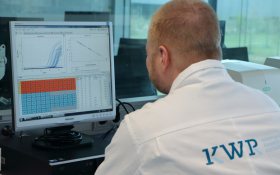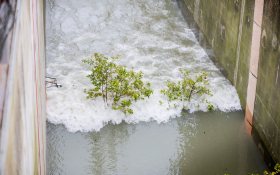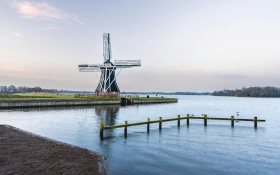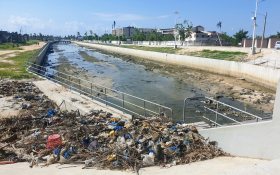World’s first Verdygo modular sewage treatment plant put into use at wwtp Simpelveld, the Netherlands
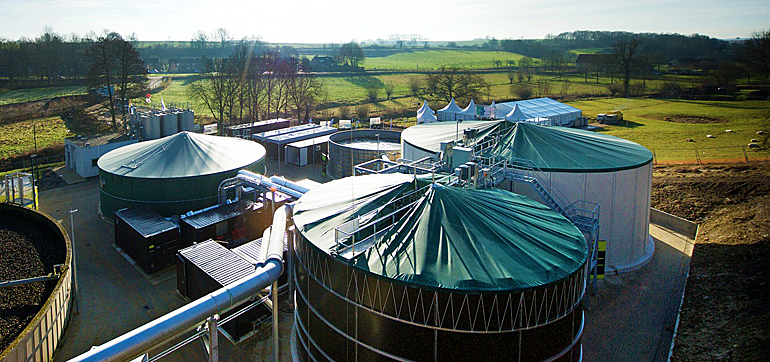 Waterschapsbedrijf Limburg has commissioned world’s first modular constructed Verdygo sewage treatment installation at its wastewater treatment plant Simpelveld, the Netherlands. The world premier took place on 19 December.
Waterschapsbedrijf Limburg has commissioned world’s first modular constructed Verdygo sewage treatment installation at its wastewater treatment plant Simpelveld, the Netherlands. The world premier took place on 19 December.
Verdygo introduces an entirely new concept for wastewater treatment, allowing operators to adjust more easily to changing circumstances such as increasing or decreasing influent loads, changing temperatures due to climate change and changing water management policies such as stricter discharge regulations and water re-use.
The concept is brought to the world market by Verdygo, a private parent company of the publicly-owned utility Waterschapsbedrijf Limburg, together with international construction firm Strukton, engineering consultancy Royal HakoningDHV and wastewater construction firm Aan de Stegge.
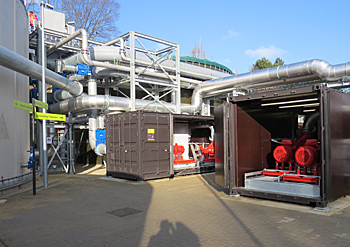 All process equipment, such as pumps, is placed on skids inside containers. For maintenance or repair they can easily be transported to a centralized facility.
All process equipment, such as pumps, is placed on skids inside containers. For maintenance or repair they can easily be transported to a centralized facility.
Letting go of conventional design
Verdygo allows water operators to let go of the conventional sewage treatment plant with large concrete clarifier tanks that can last 50 years but very difficult to adjust when external factors change. Instead Verdygo developed a concept that allows maximum flexibility for expansion and replacement of parts.
A Verdygo plant is built above the ground to provide full flexibility. All the technical equipment is designed in the form of container-sized, transportable plug & play modules.
Everything replacable
From grit chambers and jacks to aeration tanks and pumps, everything can be replaced, expanded or removed when needed. Any chosen technology can be applied and new technologies can also be quickly incorporated.
For its modular Verdygo plant at wwtp Simpelveld, Waterschapsbedrijf Limburg selected the aerobic Nereda technology based on granulated activated sludge.
Two standardized reactor tanks were constructed for the sequence batch reaction (SBR) process. The required treatment capacity of 13.000 p.e. has been divided over a single-sized tank of 750 m3 and a double-sized tank of 1500 m3.
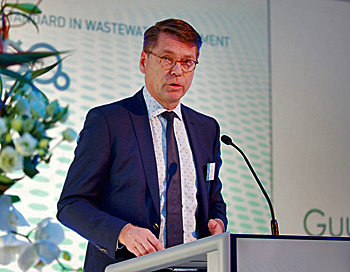 On occasion of the commissioning, director Guus Pelzer mentioned the many advantages of Verdygo, including the saving on both investments and operational costs.
On occasion of the commissioning, director Guus Pelzer mentioned the many advantages of Verdygo, including the saving on both investments and operational costs.
Saving on investment and operations
“The above-ground, modular, standardized construction delivers substantial cost savings of 20 percent, compared to traditional construction methods,” explained director Guus Pelzer at Waterschapsbedrijf Limburg.
“What’s more, the construction period is shortened by a third. And annual savings in maintenance costs can also be as much as 20 percent.”
Pelzer specifically mentioned the transportable plug & play modules and the placement of processing equipment, such as pumps and aerators on skids. “We will start a centralized maintenance facility so we can inspect and repair all our equipment at one location. As of now, we will consider the modular Verdygo concept for modernisation of all our 17 sewage treatment plants. This allows us in future to centralize all our maintenance work at this one facility.”
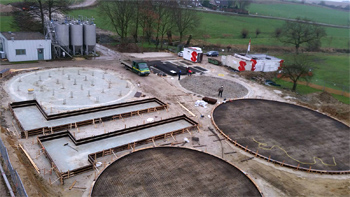 Clearly illustrating the small footprint of the Verdygo plant at the beginning of the construction with the light - above ground - floors for containers and tanks. Top left for the circular influent buffer tank (coated steel), middle right for the sludge buffer tank (wood), right for the bio-concrete Nereda reactor and right below for the stainless steel Nereda reactor.
Clearly illustrating the small footprint of the Verdygo plant at the beginning of the construction with the light - above ground - floors for containers and tanks. Top left for the circular influent buffer tank (coated steel), middle right for the sludge buffer tank (wood), right for the bio-concrete Nereda reactor and right below for the stainless steel Nereda reactor.
Four different deconstructable water tanks
At wwtp Simpelveld four different materials have been used to test several options for construction of the tanks. One Nereda reactor tank is made from more or less conventional stainless steel. The other reactor is placed in tank constructed from 'self-healing' concrete.
This concrete, developed by Delft University of technology, has been mixed calcite-precipitating bacteria into the cement paste. These bacteria can survive in the cement for over 200 years and when a crack occurs they start the production of limestone to fill it. The prevention of large cracks leads to a minimum amount of steel reinforcement within a concrete structure.
The other two materials used for the tanks at wwtp Simpelveld are wood (for sludge storage) and coated steel (for buffering of influent).
Capable to respond to new trends
There is much innovation going on in the water supply cycle and worldwide utilities and industrial operators are considered to be capable to respond to demographic and climatic trends, while demands in terms of the quality of treated wastewater and sustainability are only increasing.
“We have developed Verdygo to respond with real vigour to these developments, and to ensure we can continue to deliver sustainable constructions and operations at the lowest possible cost to society,” Pelzer assured. “People in the province of Limburg pay the least tax for their water treatment anywhere in the Netherlands, and we aim it keep it that way.”
This news item was originally published on the website of Verdygo.
Read also on this website
● Go-ahead for conversion first two Dutch wastewater treatment plants to revolutionary modular Verdygo concept, 24 November 2015
● Nereda plant in Rio de Janeiro ready to treat Olympic waste water, 21 June 2016
More information
Verdygo
c/o Waterschapsbedrijf Limburg
Roermond, the Netherlands
+31 6 55 74 23 53
www.verdygo.com
Presentation of Vertygo concept (English subtitles).
Timelaps construction Verdygo wwtp Simpelveld.
